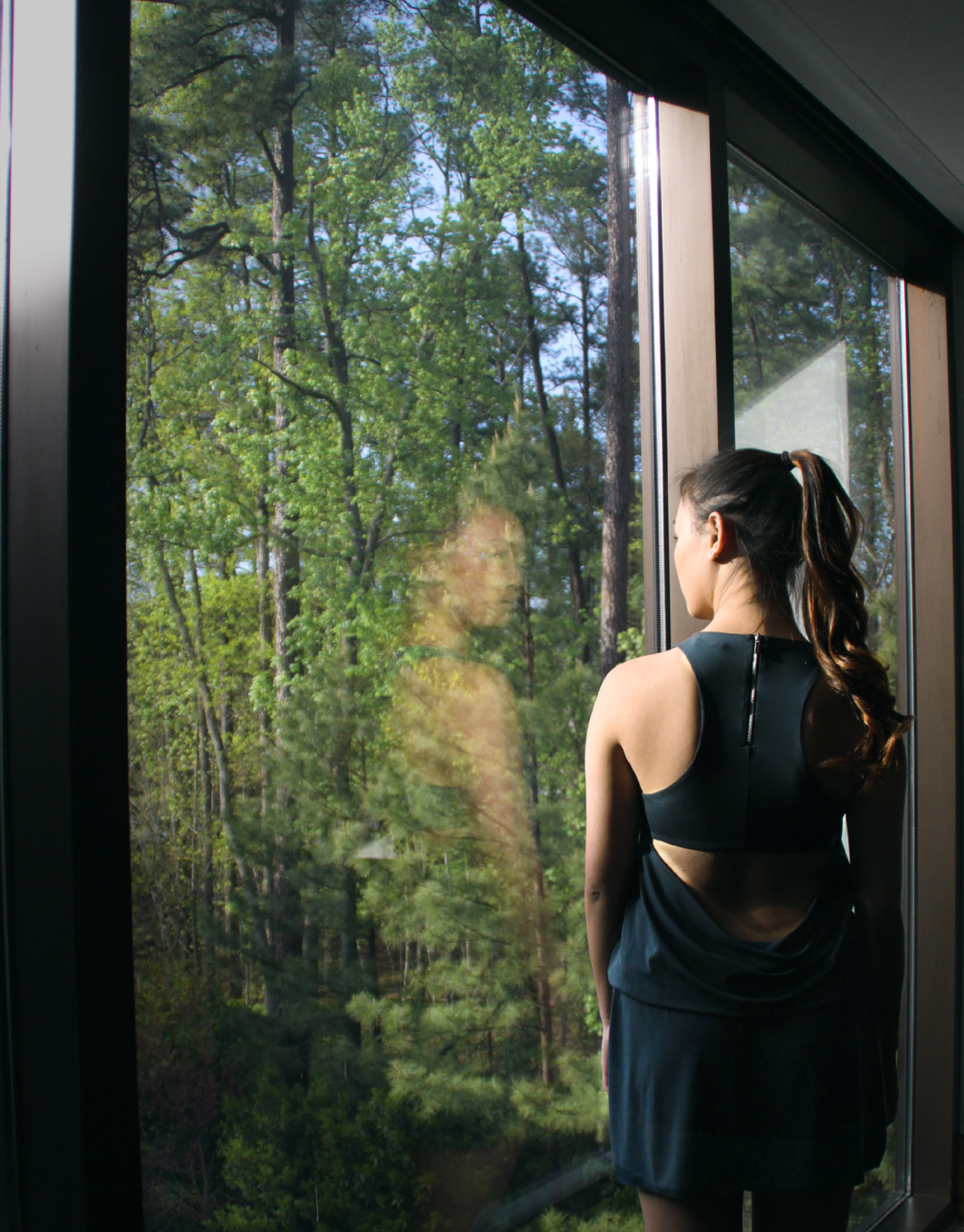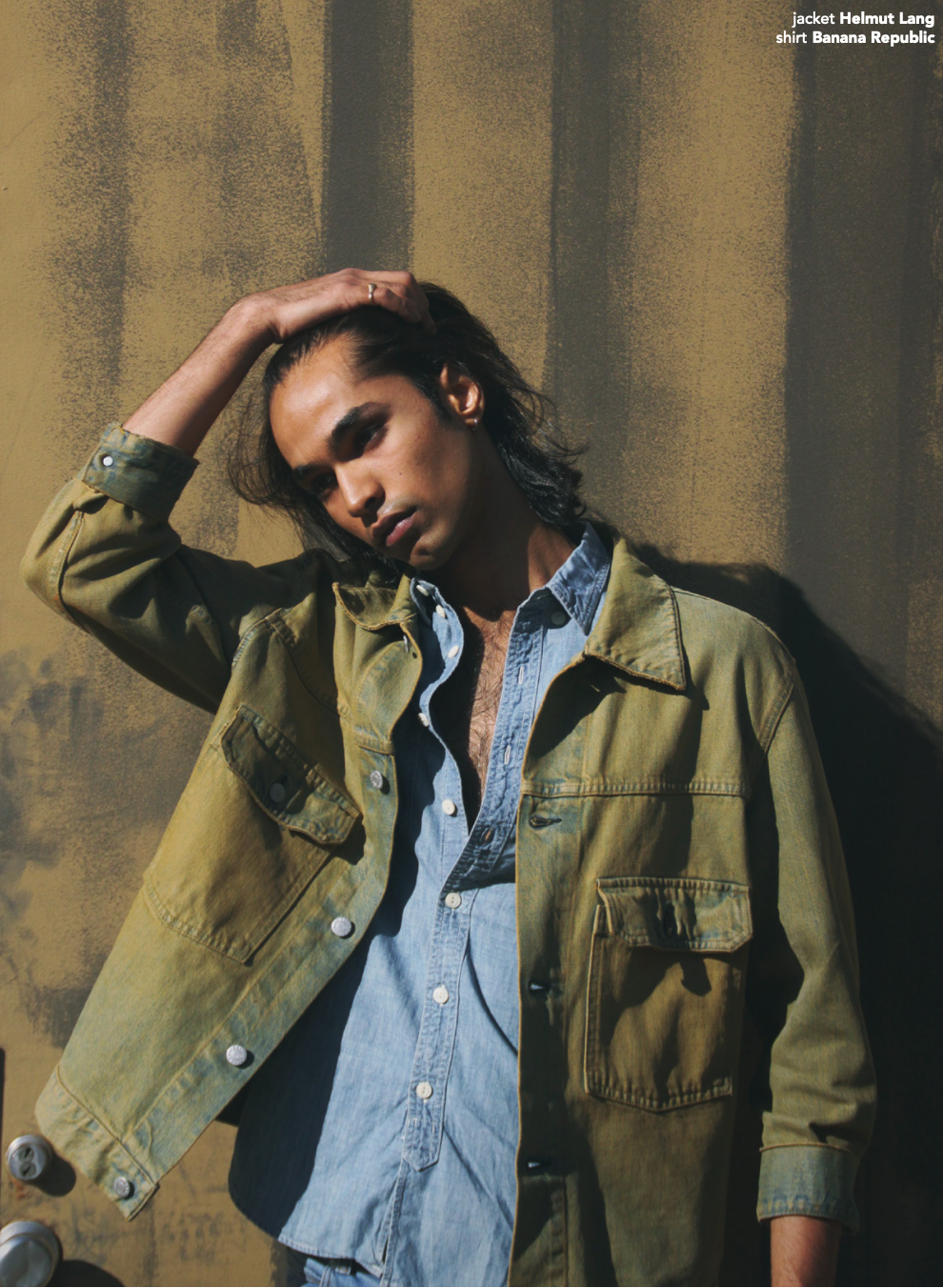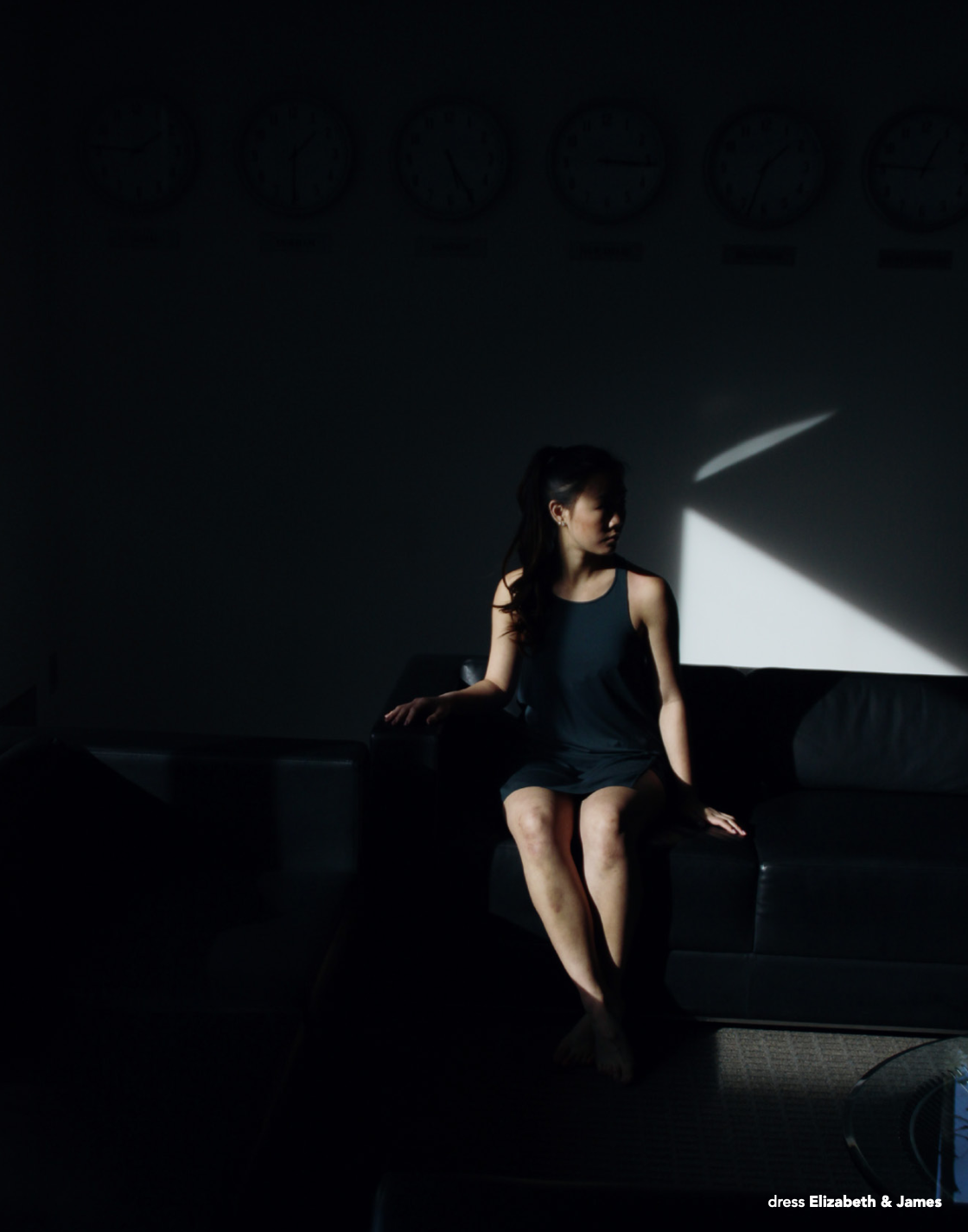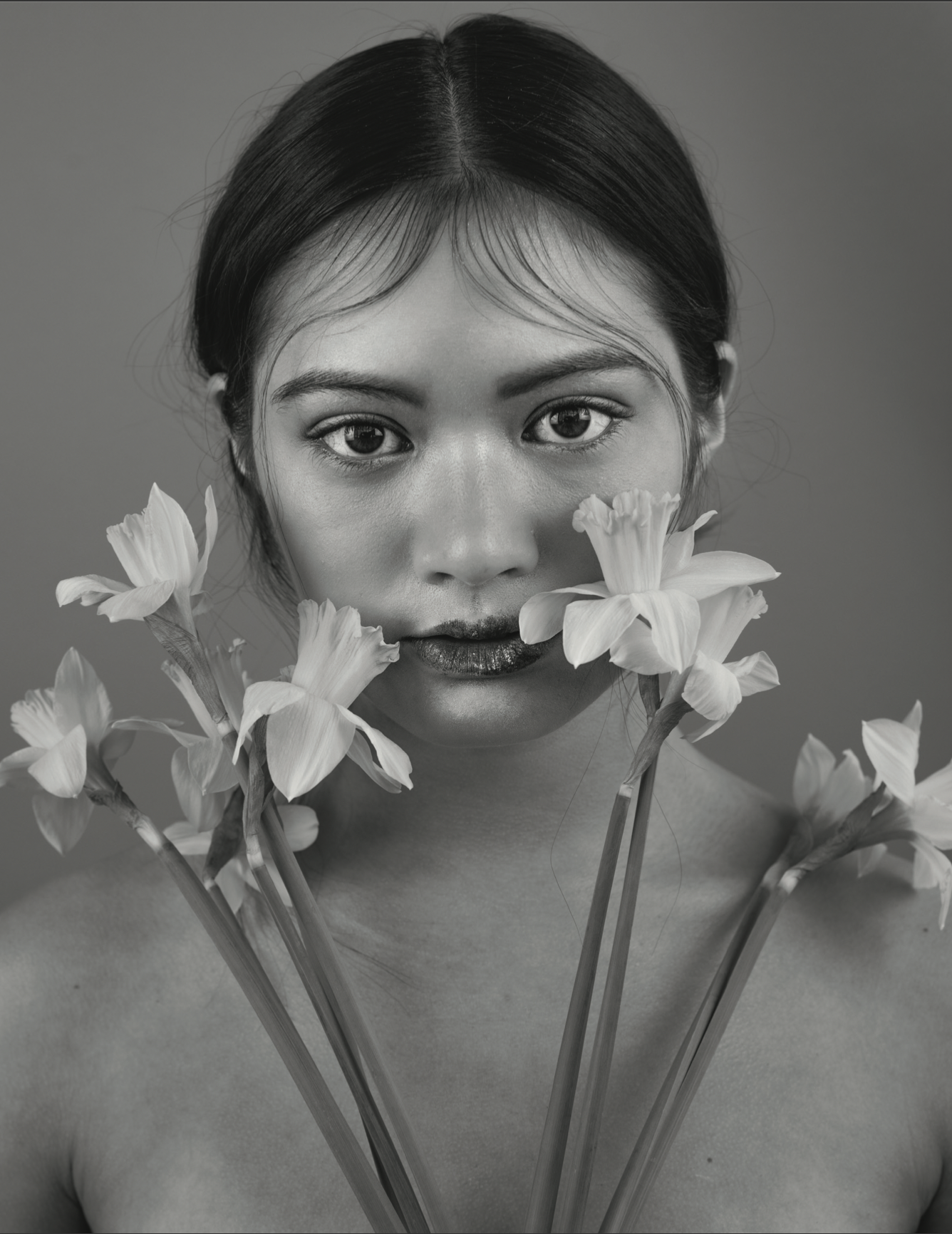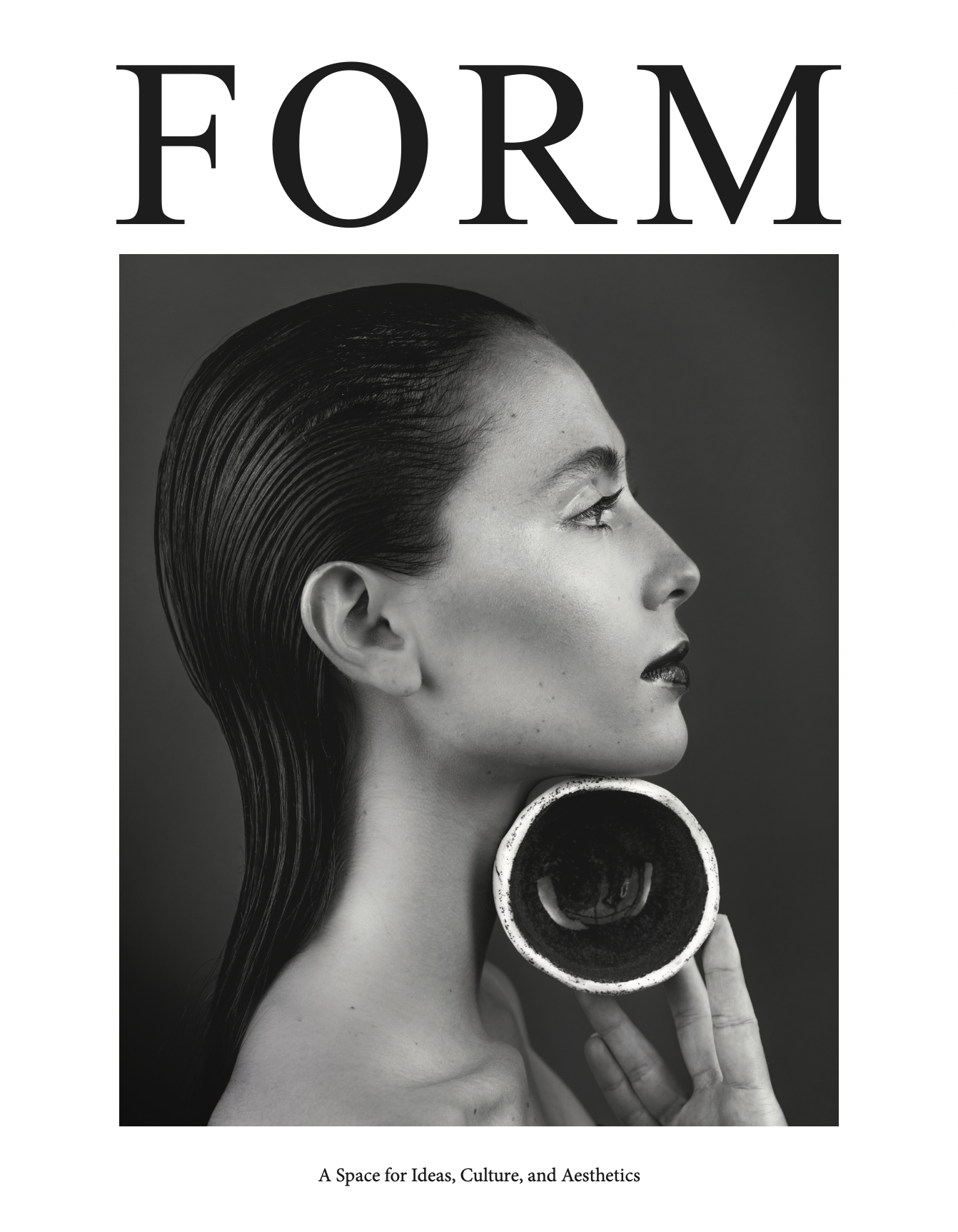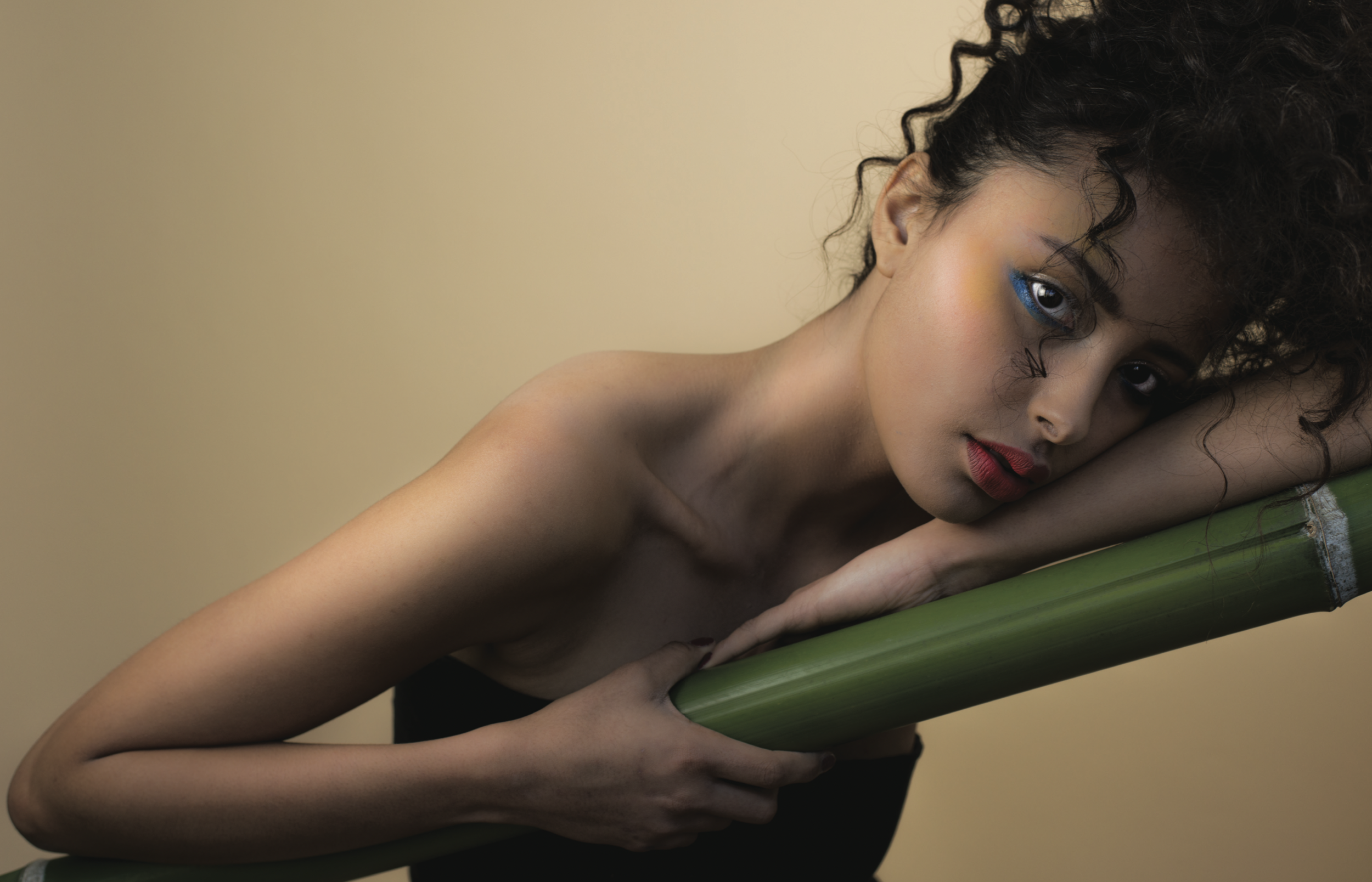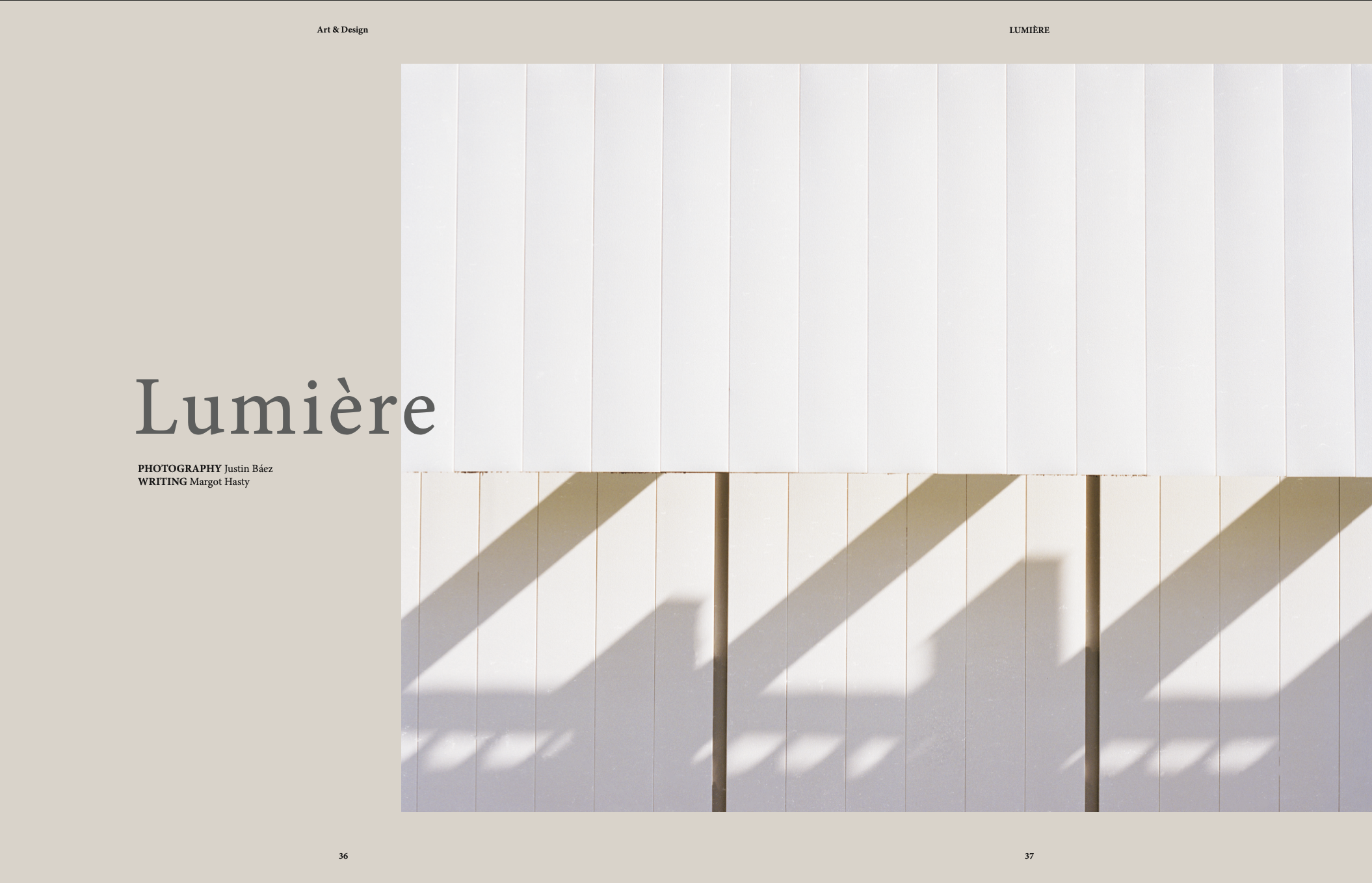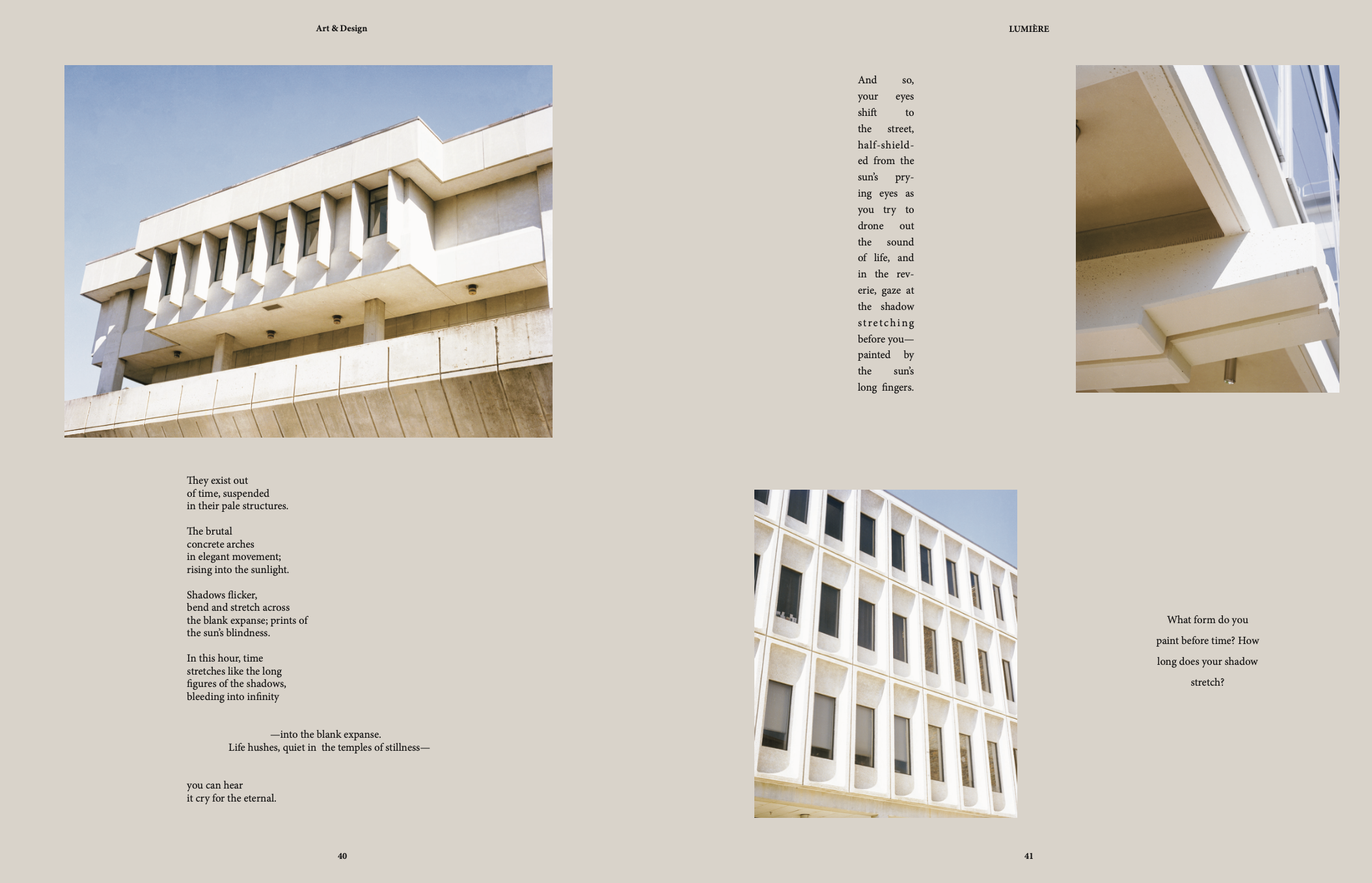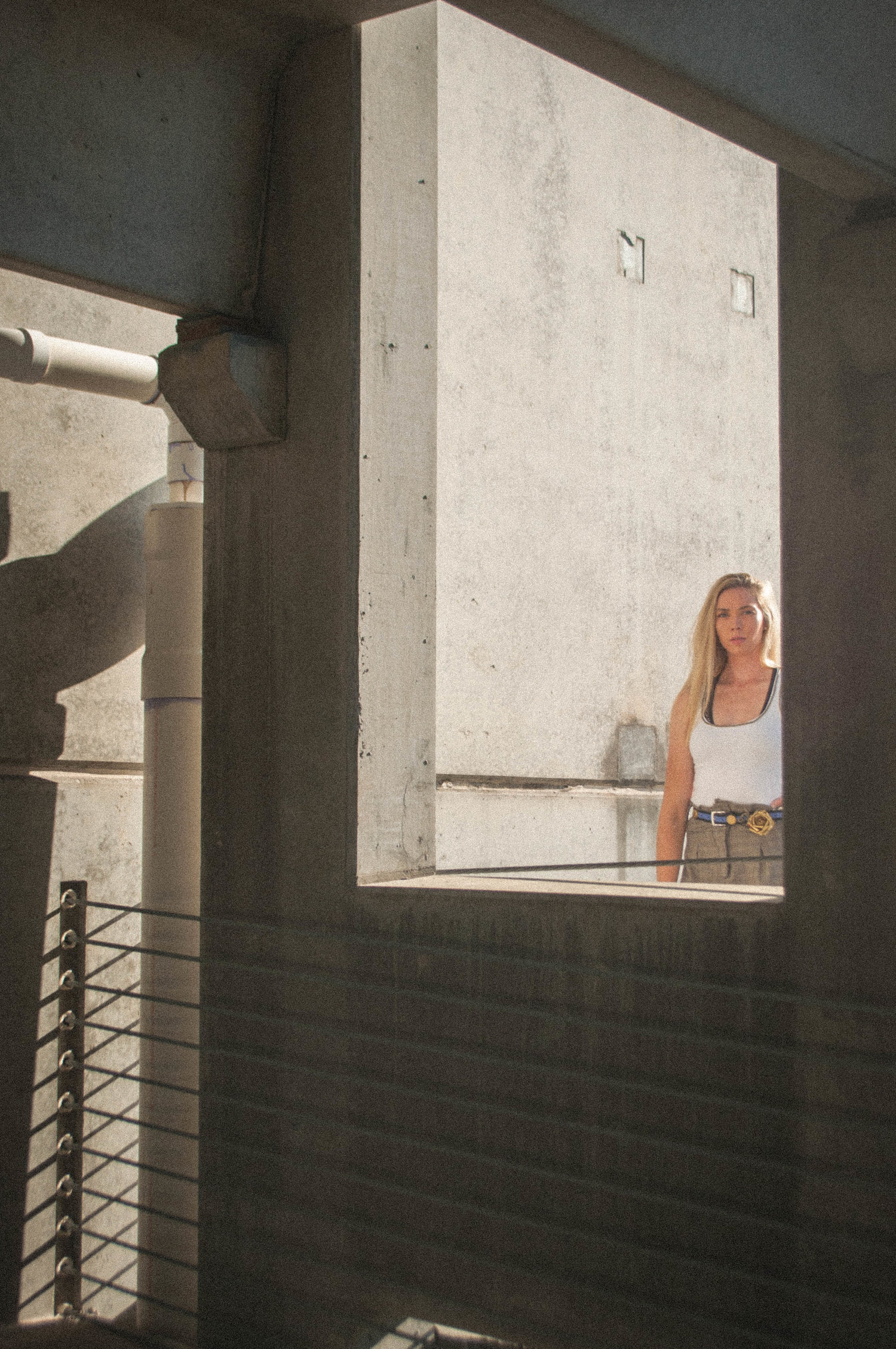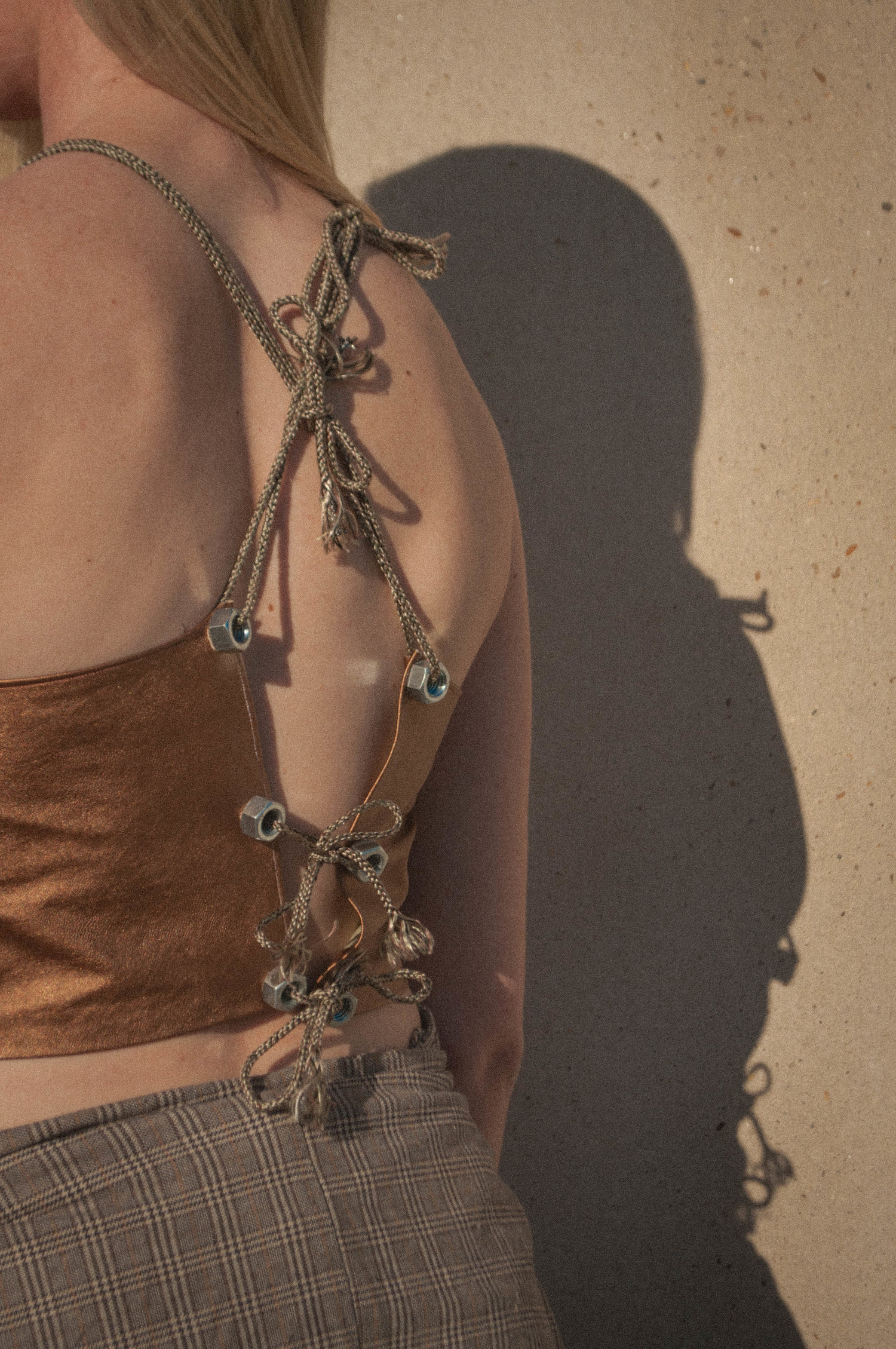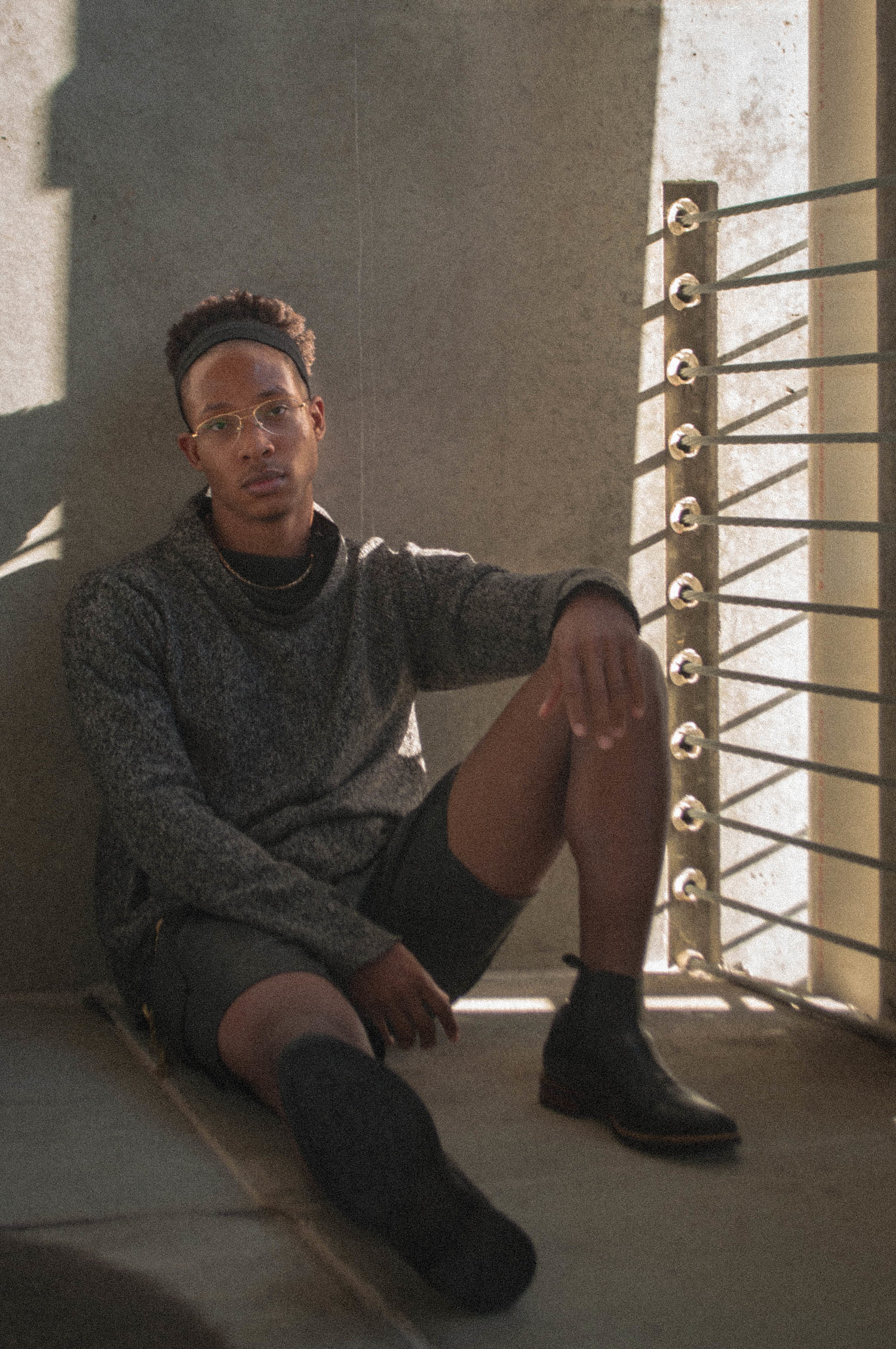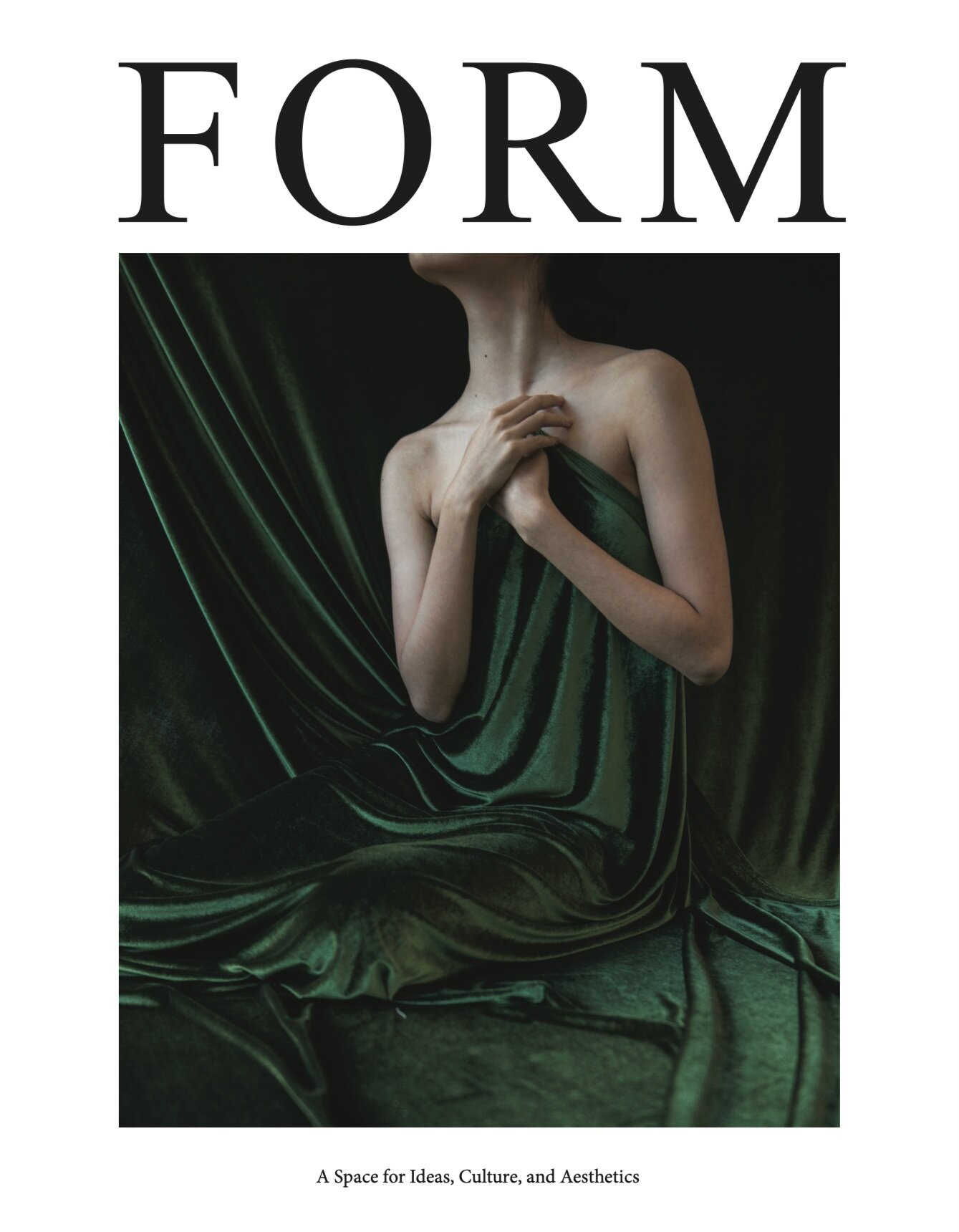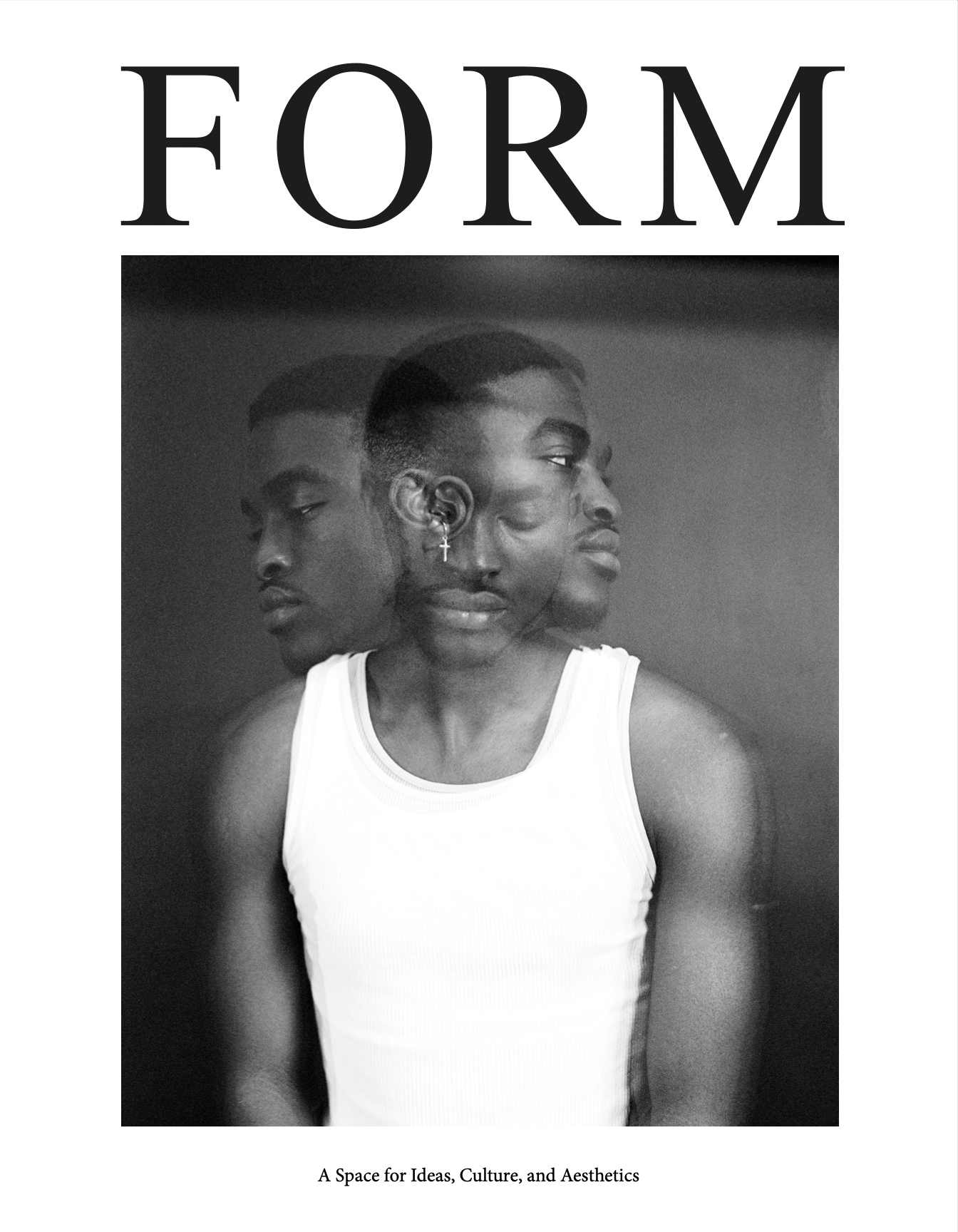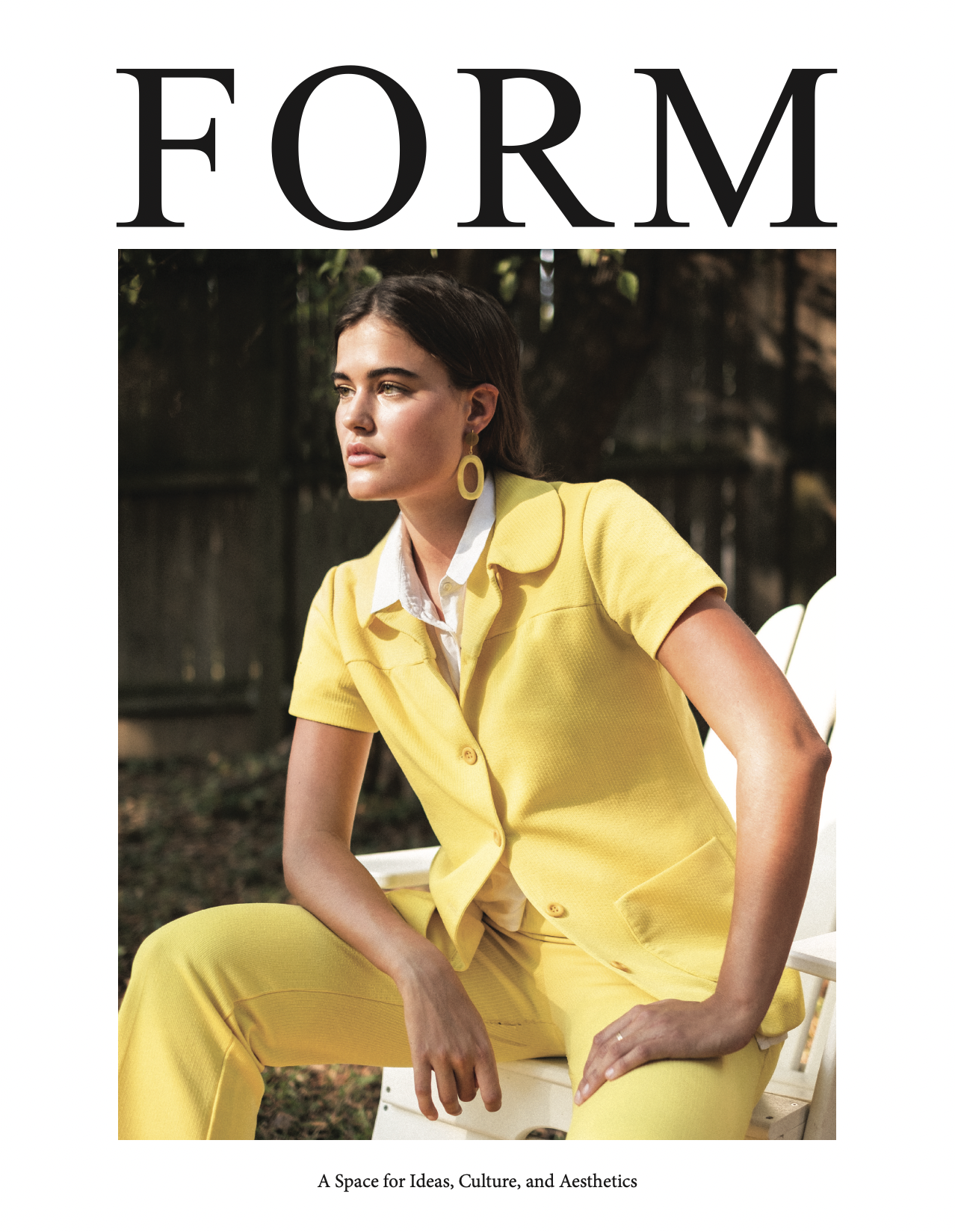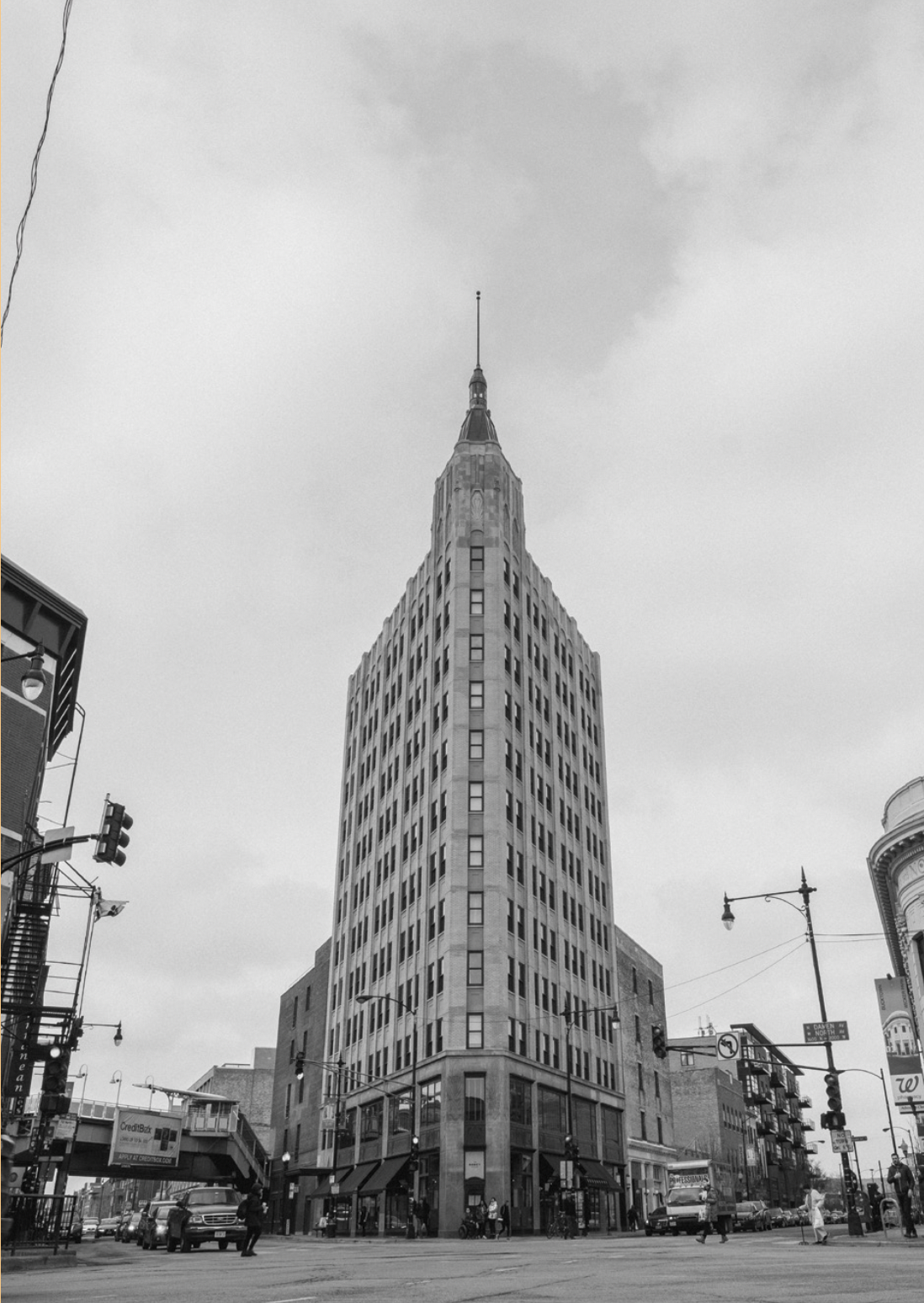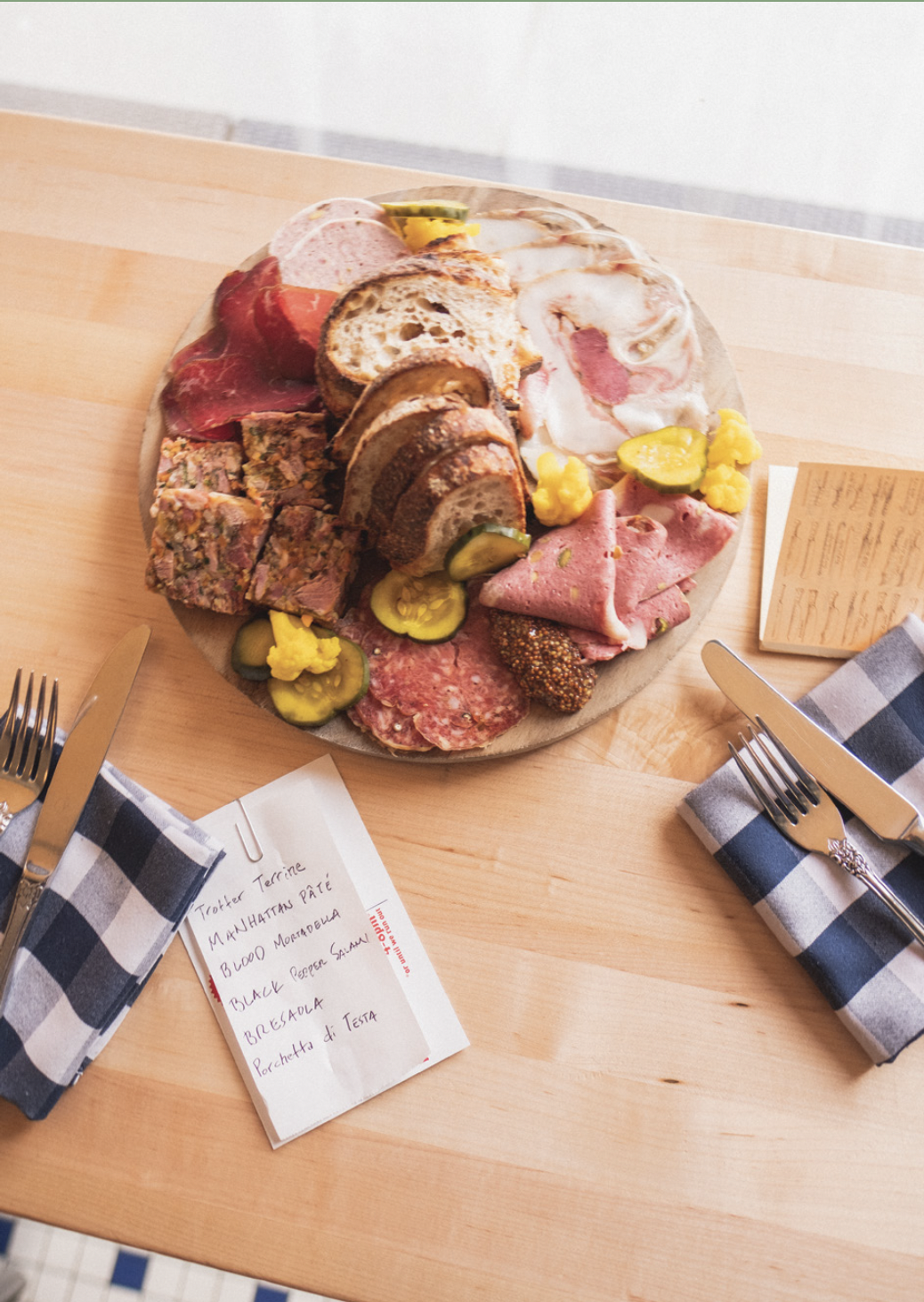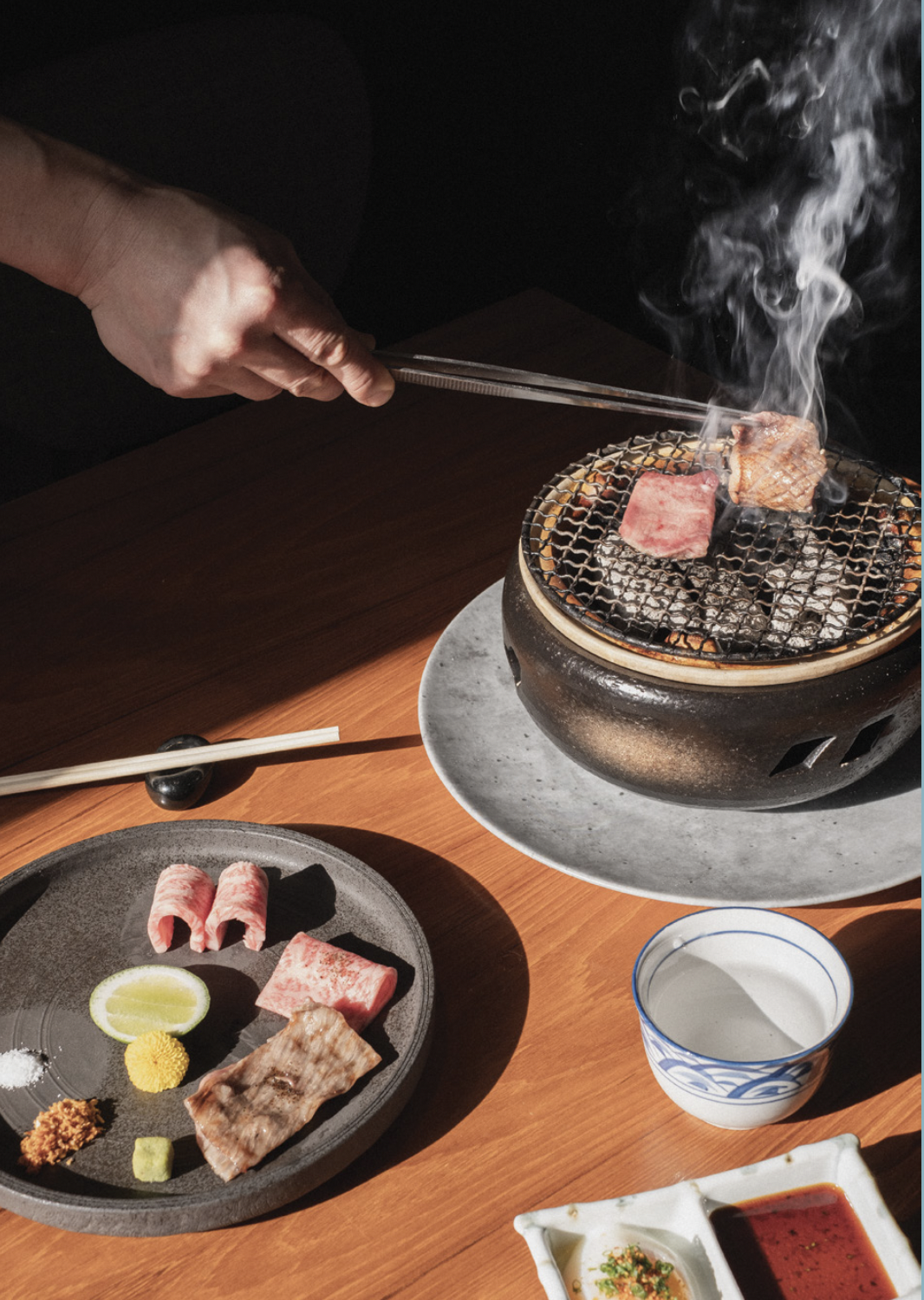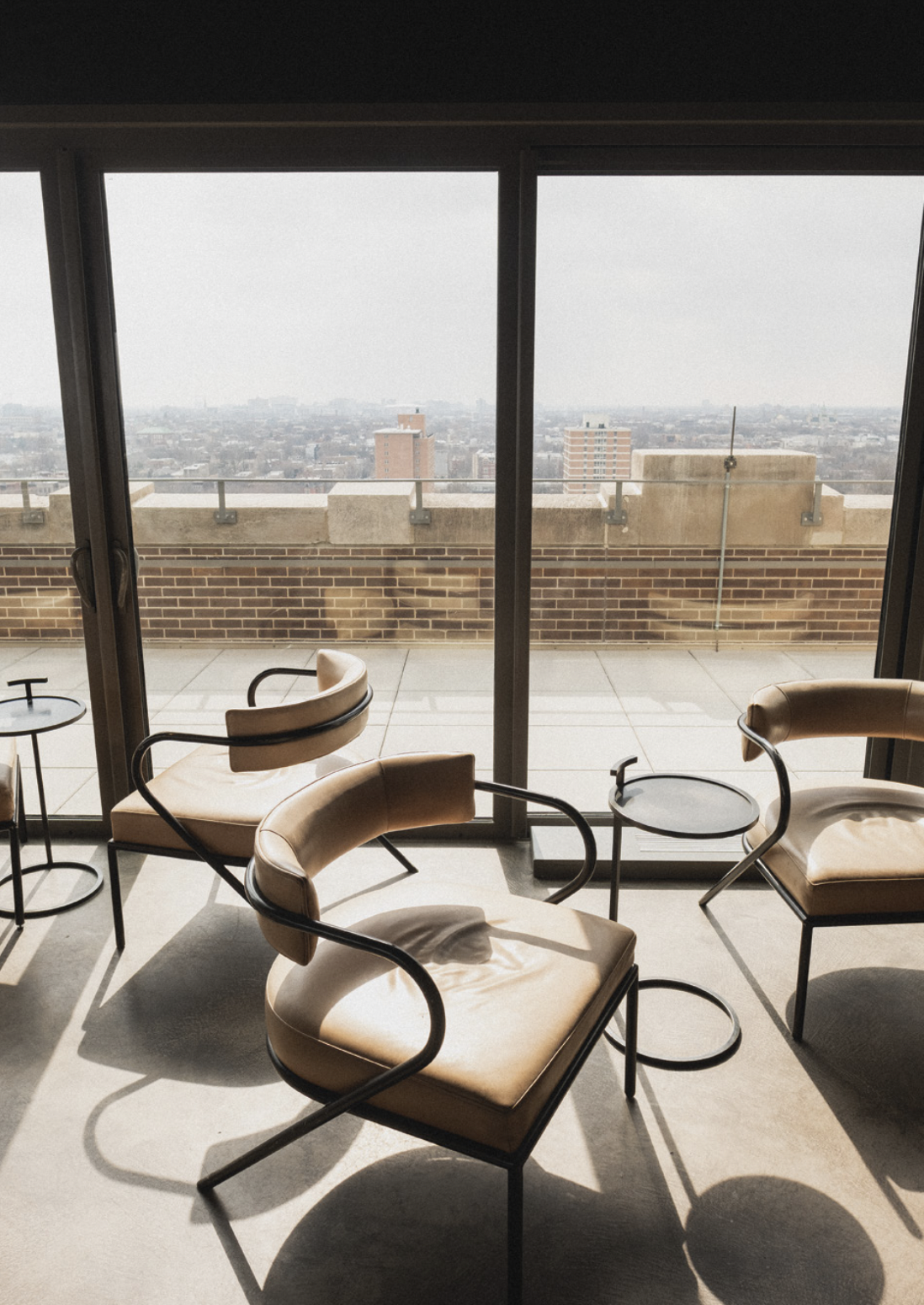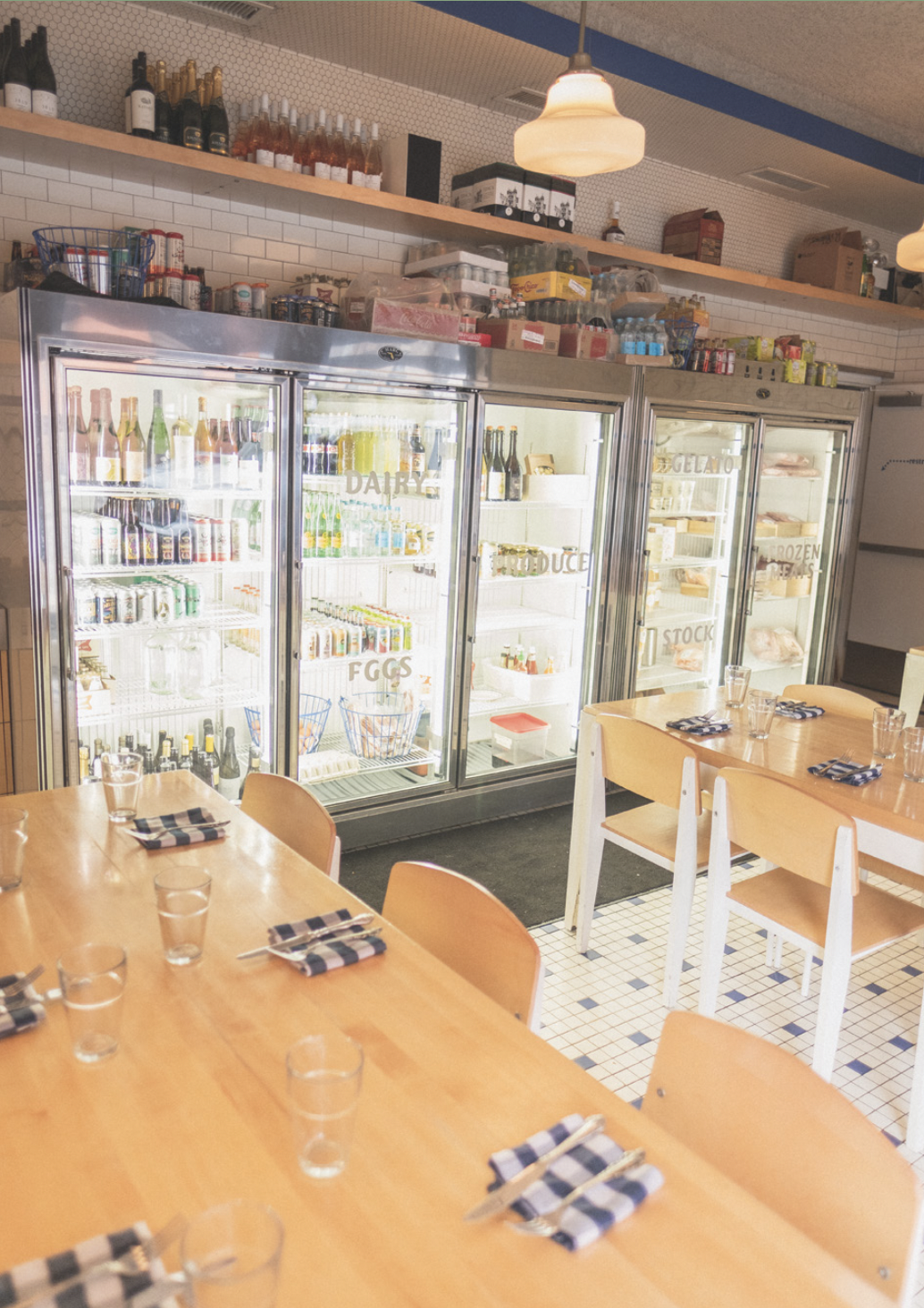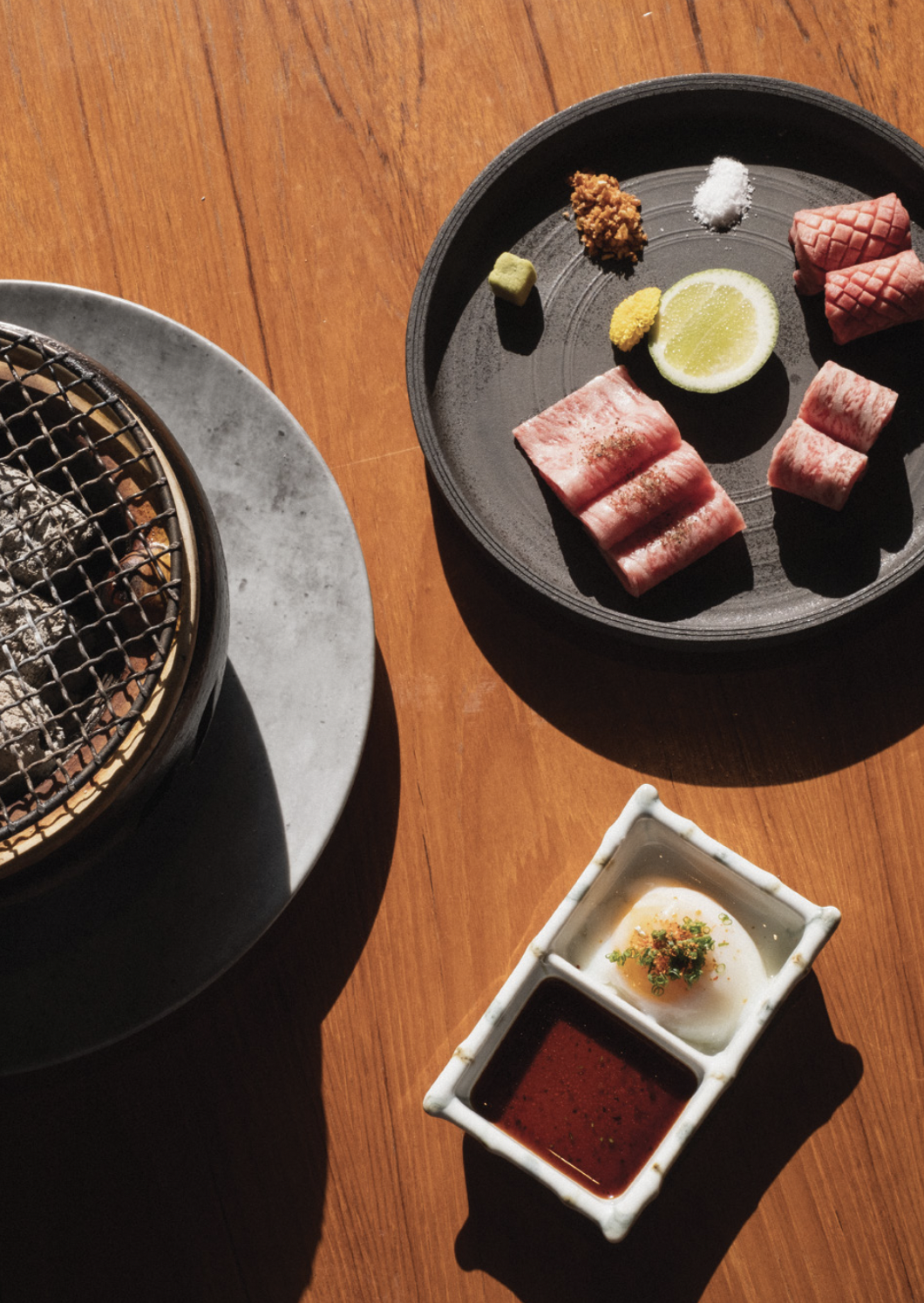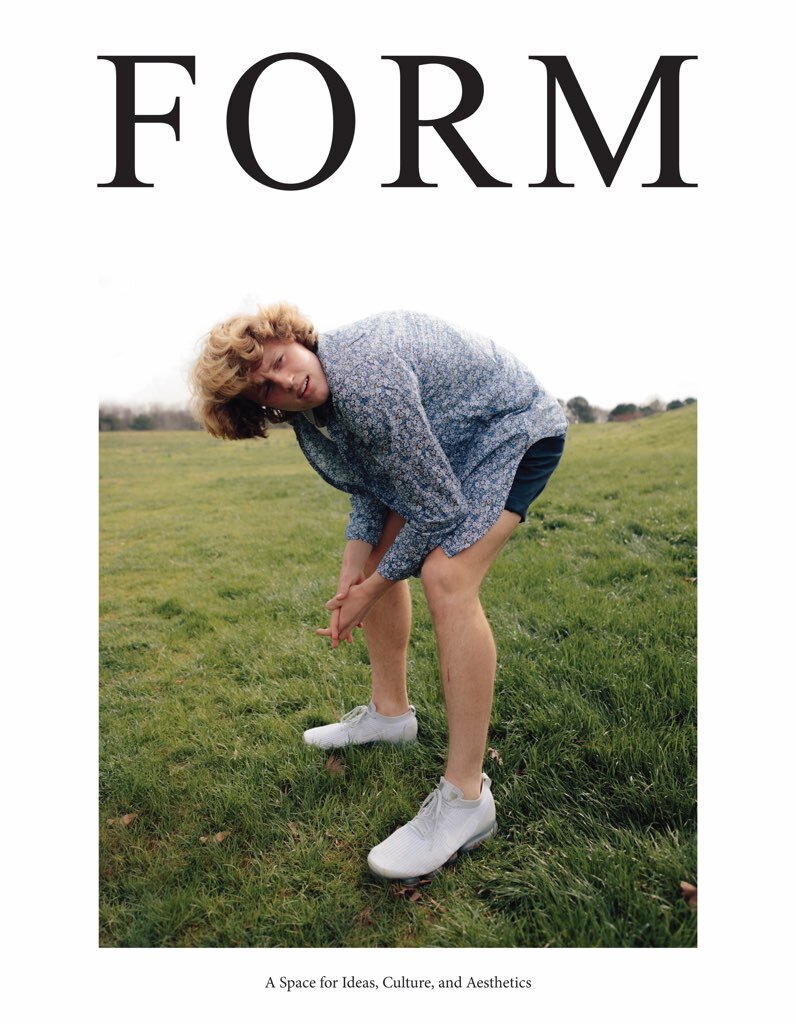FORM Magazine: From Inception to Present

FORM’s theme for its special twenty-fifth volume is memory, and while we reflected on the idea of memory in art, travel, and style throughout the magazine, we realized the necessity of recollecting FORM’s own history for future generations of FORM members and readers.
Together with our Creative Directors Savannah Norman and Alex Raghunandan, we traced our history back through past Editors-in-Chief to reconstruct the evolution of FORM from its birth in 2009 until now. As each of the editors recounted their time at FORM, I too reflected on similar challenges and shared experiences, but most of all, a deep appreciation for the space that FORM provides for communal creativity and personal growth.
My hope is that this oral history illuminates a few of the many people that have dedicated thought, time, and creative energy to bring you FORM Magazine.
—Stephanie Cutler, Editor-in-Chief with Dani Yan, 2020-2021
THE INCEPTION
Caroline Long: At Duke in 2009, there were student-run literary magazines, but they were either heavily focused on poetry, writing, and journalism, or they were strictly fine art representation. There was nothing that sat in the middle of that, and celebrated anything with fashion, or culture or local community. My co-founder Mona and I, we were obsessed with fashion and wanted to find our own personal outlet for it.
Duke UCAE was really excited because it was different than anything they'd seen before. We just wanted to have a creative outlet outside the classroom, to be able to explore what fashion on campus felt like, and what people were interested in, but also as an extension into the Durham community. The arts community that was starting to buzz around, around at the time.
Mona Ascha: To start the magazine, we had to submit all these forms and attend all these meetings, but I'm like a paper pusher. So I think in that sense, it wasn't so bad because I was on top of it. But yeah, the bureaucracy is certainly a barrier for any publication or any new group getting approved. And, to start with we actually called ourselves D magazine.
That was the first name. We did the first issue that way, and we loved the name. We liked marketing, we did all this marketing stuff, right? And then, I don't know if it was me or the magazine's email, but we got an email and maybe there was a letter too, from a D magazine in Dallas. They sent us like the cease and desist letter. I was so scared. Now thinking back on it you know, they were just trying to intimidate us.
So that goes back to the whole eye opening process of it. We then gave ourselves an interim name of Duke Fashion Quarterly, but we immediately wanted to change it. Eventually we settled on FORM. I think we had a list of names to pick from and FORM was the one that was not copyrighted. I remember looking on a patent or trademark website where you can look and see what's copyrighted. With every name that we picked, I was going there and double checking that I wasn't going to get another cease and desist letter.
Caroline: We had both online and print to start. I think that was important to us because we loved the idea of having physical copies that people could carry around campus, and share with their friends, but also we recognized like budget limitations and being able to reach more people through digital versions too. I got Instagram as a senior in college, which is so wild. But it wasn't really a thing yet. So we had to get creative with how we share this product that we're working on with the digital world. So the digital copies were really our outlet to do that and we started to figure it out with a Twitter and Facebook presence, a newsletter, and a blog, all of that within the first year. The digital publication was the way that we could blast it to the larger student population.
“We had both online and print to start. I think that was important to us because we loved the idea of having physical copies that people could carry around campus, and share with their friends... [But] the digital publication was the way that we could blast it to the larger student population”
Mona: When we started out, we had no funding whatsoever. Because we started in the fall of my sophomore year, we missed when funds got assigned to publications, so we didn’t have any assigned to us. That was a problem because we didn't have any money to pay for print copies, right? So we decided to launch our first issue just online. And I actually think we were unintentionally forward-thinking in that way. Seems like everyone's transitioning to online. It was really great because it actually helped spread the magazine faster. People were sending the link like wildfire. And with Instagram just getting big, I figured [FORM] would probably shift to more editorial spreads, more photographs, less things to read, more digital content.
Genevieve Werner: This was when fashion publishing was starting to move online. Condé Nast was just starting to put their magazines online. Mona and Caroline were very interested to incorporate some sort of digital element to it, but they were tackling all the print stuff. So I thought that a way for me to add value was to run with the digital element of it.
And so I started a daily blog for FORM and I got a friend who was curious about fashion and really savvy with coding and all things digital to help build our first blog. I remember it was kind of up to me to build a team and attract more people to FORM because, you know, FORM was a new entity on campus. I wanted to make sure that FORM would be a thing that continued on into the future, and it is a real source of pride, the fact that it still exists.
Caroline: And as far as the structure. We didn't really have any idea we were doing, to be honest. We got a team together that would focus on each of those areas for the magazine -- fashion trends, long-form features, photoshoots, and the piece on the local Durham community. And over time, we evolved the leadership structure. We learned a lot of lessons and made a lot of mistakes, as far as thinking we needed a person to do X and we actually needed to do Y, or we had too many people doing Y, but needed people to do X and Z. That was certainly a learning curve of what makes the magazine run smoothly and function properly to create the best product and maximize reach and exposure.
Mona: Yeah, in terms of the staff when we started, it was me and Caroline. And then it’s like a tree. We had a marketing director, the creative fashion and photoshoot director. There was a digital director who handled the blog content and the website as well. That was our close-knit group that met pretty frequently, but then they also managed people below them—writers, models, and photographers.
Genevieve: I remember first meeting Caroline and Mona at the fall activities fair. I was really interested in fashion publishing and drawn to FORM because I thought that might be something I want to do later , so I sought it out and got involved early on. I thought it'd be great to be part of a growing team and have more opportunity to shape something on campus and create a community of people who had similar interests.
Caroline: We did a really cool shoot in one of the early publications with Rachel, a girl on campus who designed Duke fashion and fashion merchandise. The cover is one of my friend’s named Lauren. She was our model and she was in Cameron on the main court. She a Duke gown that the designer had put together with Duke patchwork clothing. It was special because it was very Duke-focused. I wouldn't say that it was a very fashionable shoot, but it was a unique thing that celebrated the university, and it was a garment made by a Duke student.
Mona: I had met Rachel previously. Early on, prior to starting the magazine and when we had started it, I knew that I wanted to showcase her really beautiful pieces because it wasn't just leisure. She had unique high-end pieces with Duke logos on them. And so I wanted to show off her line. And we thought, what better place to have this photoshoot then Cameron stadium. We reached out to someone in charge of video. And they're like, yeah, you can have your photo shoot here. So we went, we had all these fabulous clothes from Rachel, and we spent the whole day in Cameron. That was also like a really huge turning point for me, because it was like the first time we had done any kind of photoshoot, like “wow, we're actually making this happen.”
Caroline: Another time, at the Duke Gardens Cafe we had a full-fledged fashion show. Over time, we got more creative with going into the community and building relationships with the boutiques and borrowing things, and [the boutiques] trusting us to use [the clothes] and crediting them. Over time our ability to pull better clothes got better, and we worked with better photographers and had a more refined and sophisticated approach to the shoots. We then did more creative things with trend pages or how to wear features. We also learned what type of writing and feature pieces resonated with the student body. We got more input through a “you pitch us” process, as opposed to leadership saying, “we're gonna write about these things” this month. It was much more collaborative over time.
Genevieve: The mission of FORM [during my tenure as Editor-in-Chief] was to engage with the Durham community. And when I was Editor-in-Chief, that was a focal point for FORM: how do we feature local businesses and use Durham as a backdrop for most of our shoots? In 2012, and 2013, there were all these new innovative restaurants opening there, all these cool breweries, and there was such energy in the city.
Caroline: The mission [when we started] was to create a space for culturally- and fashion-focused students to express themselves. That was where we started, and then it became more about getting out into the community and making it more of a lifestyle publication. At the time, the magazines were only 60 pages, shorter than yours now and we published twice a semester. We had a much tighter focus on mostly seasonal fashion.
Mona: We had two main editorial spreads that we did every issue. I know that some of the original pieces were “one piece, three ways.” We would have one article of clothing or an accessory that was highlighted in three different ways. I know that we had a section about local eateries from our designated restaurant or food critic, a member who wrote about a local eatery in each issue. I think there was a section about trends; we had like four different trends for each season that we highlighted with a mix of high- and low-end pieces that we were highlighting in each trend forecasting section.
Caroline: When we started, FORM was a fun passion project and when I look back at old issues, I'm like, “oh gosh, we really shouldn't have chosen that picture,” or, “I wish we'd done these things differently,” but in the moment, we were just trying to have fun and create a product that we were proud of. And we were really proud of it. But it's really cool that over time, different editors have refined it further and put their own personal stamp on it.
The Transformation
Tory Macdonald: When I joined it was predominantly fashion. And I would say it was definitely an older layout, modeled off of like an Elle, or an InStyle. So you'd have those pages it would say like “these are the top five accessories of the spring season.” But, I would say it was elevated. Shayan, who was the editor-in-chief before me, really lifted the magazine to a new level.
The mission of the publication [during my tenure] was to expand horizons. It was to inspire and get people out of their bubble, to bring creativity to everyone, so that you could be. That was, I definitely the goal. I never wanted [FORM] to be a thing where you had to know fashion, where you had to ascribe to the elitism of fashion to be a part of the magazine. I wanted to be something where we were bringing that to you as an exciting thing to look at.
Fashion is the most archaic industry and the elitism that exists within it even now, permeates down to the publications that FORM was originally like modeled after, whether it was consciously or unconsciously. And part of this mission of the magazine being multifaceted was acknowledging that diversity is essential to actually telling that story. And that was super important to us because we wanted to break down that barrier that you can only be in fashion if it's high fashion, or you can only be into art if you know what you're talking about with these artists. You can only be creative, if you have some type of aura about you.
And it was particularly concerning in the previous year to see the lack of representation amongst the models. We were very purposeful about selecting models so that anyone could open it up and say, Oh, I could be that. I think that one of the things I wish we did more of was make an outward statement about giving a voice to the voiceless. I think we were very passionate about it, and very purposeful about it in our work, but could have done a better job of writing it on the wall, so that others understood exactly what we were saying here and didn't have to just make the connections themselves.
FORM was so obviously art driven and we were obsessed with the paper and the way you experienced the book that you held so much that we weren’t really online. Because we should have been online. It was a huge missed opportunity. I would have learned so much from having to push that experience online, really challenging you to bring that tangible experience to the design on the website.
And then I would say, what's really transcended is that FORM’s gone from being a book of art into more lifestyle. And I would also say a little bit more elevated from an education standpoint like you get more information out of it than just as a visual reference to things.
Gianna Miller: But between my sophomore and junior year, I would have to attribute the shift to Kojo. I think he has such a strong vision, and his vision has changed the trajectory that FORM is on. Part of it is not having less of a focus on fashion, but making sure FORM’s focus is on other sections, like art & design and travel & culture, as well. He was the one who drafted the bible that is referenced for all those other aesthetic references, and his vision and the work that he put into it really changed how FORM has gone from my early college years to my later ones.
Kojo Abudu: At the end of my sophomore spring, Gabi [Weiss] told me I was going to be next editor in chief. This meant I had the whole summer to think deeply about how I wanted to transform the publication. I felt the need to introduce structural changes that would completely alter the identity of FORM.
I didn't want FORM to just be a fashion magazine, and I also wanted to move away from the glossy aesthetic that characterised older issues. My aim was to bring a broader range of readers into FORM. Over the summer, I had conversations with Cassidy, Christina [Tribull] and Gianna, trying to figure out if this expansion of content would be worth pursuing. I was travelling a great deal that summer and remember reading lots of independent magazines on airplanes. I observed a flow of content in these magazines that I really wanted to adapt to FORM. For example, Cereal Magazine and So It Goes Magazine influenced the layout of Issue XIX with the separation of the magazine into three chapters: Art & Design, Style, and Travel.
By the time the application process began in the fall, I had decided what direction the magazine was going to go in, as I was actively recruiting Art & Design editors, Travel editors and Fashion editors. I also thought the division of labour allowed by these specialised sections would make the magazine’s production more efficient and organised.
“As the magazine has grown, it’s given artists, creators, models, editors, stylists, photographers, all of these different groups of people, a place where they can come together and create something that’s meaningful.”
Cassidy von Seggern: FORM used to be a very small circle, very tight knit group, and it was hard to get into. The most important shift is the development of the community surrounding FORM. As the magazine has grown, it's given artists, creators, models, editors, stylists, photographers, all of these different groups of people, a place where they can come together and create something that's meaningful.
And it's as simple as raising your hand and saying you want to be involved, right? You don’t have to be invited, though we do recruit heavily. If we see on campus talent, somebody like Tommaso or Brian, of course, we're trying to grab them and say, “Come on, come in and be a part of FORM,” but really, anybody can join FORM as long as you're willing to do the work and be a part of it. Creating that culture around creativity and inclusivity was the biggest shift.
Another really important shift was that the magazine [before] was primarily fashion, I was looking back at some of the old issues, and they wrote about political fashion with Hillary Clinton and conscious fashion and muses of fashion designers, like Julianne Moore and Tom Ford. But the focus of the magazine shifted from being about fashion and high fashion to reflecting the local and the campus heartbeat.
We collaborated with RUNAWAY, the Durham lifestyle industry and brands, we featured places in Europe, and in Durham like the Durham Hotel, and the local, sustainable fashion boutique, Vert & Vogue, capturing yet more of the heartbeat of the campus and the heartbeat of the city that we're in.
And there are so many cool places in Durham. And what was really cool was seeing the response and the excitement to collaborate with us. We even worked with a Vogue hairstylist and makeup artist, and they said that it's the best style and culture publication in the entire Research Triangle. They did the Vol. XX cover.
Kojo: One day, while in West Union, after I had turned in all my final papers, I decided to write the whole ‘Brand Bible’ document. I got Kelly and Bryan to respectively figure out the layout and finance sections. The ‘Brand Bible’ stemmed from a need to ensure stylistic and conceptual continuity over time. Cassidy, Elizabeth [Lim], and I had discussions about prolonging the direction of FORM after we left because in the issues preceding me, there was hardly any consistency. It changed every semester, and I didn't like that at all. I wanted to create a certain structure that people could inherit because I inherited very little. Of course, I would like the magazine to evolve with future generations, but I’m still keen on maintaining some sense of identity.
It’s important that future editors and members understand why the magazine is referred to as “a space for ideas, culture, and aesthetics.” These three terms speak to the magazine’s base ethos, and should remain grounding anchors for subsequent issues.
Tommaso Babucci: We created a tagline, a space for ideas, culture, and aesthetics. In the true sense, we've always felt that Duke was failing us at creating a space for creators, yes there is the art history department which is really good at Duke and there is a Visual Media Studies department which is really good. But there wasn't a place where people from econ, math, psychology, pre-med, everyone could come together and make something and FORM became that space. And I think that was the purpose for me because I was an econ major, psych minor, I&E certificate. I didn't do anything centered around media or publications. And so that was my space for ideas, culture, and aesthetics. I think it became that space for a lot of our people.
Kojo: For someone like me, who was both Black and international, I felt like there weren’t that many social spaces for me to thrive at Duke. So I wanted to use FORM as a vehicle to create a community centred around fashion, art, architecture and other cultural elements. The goal was not just to produce a world-class publication each semester but also to form a collaborative creative community on campus – something I felt hadn’t really existed before, in this specific way. I hope I shifted things slightly, in terms of the campus’ social ecosystem. I tried. I don't know if it really solidified before I left. But that's essentially what I was attempting to do.
FORM’s mission was to create a space, a kind of refuge for the overstimulated and pressurised Duke psyche. There was an emphasis, through muted imagery and introspective texts, to create this space for reflection, for contemplation, for calm, for slowing down. And then at the same time, there was a conscious effort to expand the magazine beyond the confines of Duke, to create a network with artists and creative entrepreneurs in the Research Triangle Area.
“There was an emphasis, through muted imagery and introspective texts, to create this space for reflection, for contemplation, for calm, for slowing down.”
Kojo: FORM, especially from my perspective, is so deeply relational and intertextual. But if I do have to pick one specific piece that I really enjoy looking at and thinking about, it would be Lumière from Issue XX. That piece was, for me, the encapsulation of FORM in terms of the relationship between text and image, and the sensitivity to structure, line and light. Margot [Hasty] wrote this beautiful, evocative poetic text and I loved how she laid her words out spatially, as she had done in the Dossier that we had worked on the semester before. Justin [Báez] read Margot’s text beforehand so he was visually responding to it. Nothing gives me more joy than allowing two people, whose talents I admire and respect, to bounce off each other in that way. And then there’s the poeticism and abstract nature of the piece which to me, is a summary of FORM in itself.
Cassidy: One of the pieces that I contributed to, that really helped FORM gain a much larger digital presence was Androgynous Design with Erin Mathias, a Duke women's basketball player who also designs fashion. The piece challenged the idea of gender as a binary construct because women were wearing men's pieces, men were wearing women's pieces. She's also an athlete herself, so she challenges the assumption that athletic abilities are inherently masculine. I collaborated with Angie Graffe and Brian Lin. We used women from the basketball team, so it was a really cool piece. The photos turned out absolutely incredible. People were sharing it left and right and we had over 1000 hits online. It started our partnership with the women's basketball team, which continued throughout the year.
But if there's one piece of advice I can give, it is to always collaborate with the professors, because they know their star students. Like on Nexus. It was filmed by Hunter Stark. We recruited him to do this piece. It was actually inspired by a Foundation Louis Vuitton video where Lil Buck dances through the gallery, and Kojo was like, I want to do this piece. He recruited Hunter who's an incredible visual media artist, Visual Media Studies major to do the filming. And it was next level, so cool. I mean, they rented all of this equipment from the visual media studies labs and rigs. We had a first assistant director and a second assistant director that [Hunter] recruited from his circle, and it was a piece that won the Kenan Institute for Ethics grant of over $500. So that collaboration with different creative departments at Duke is so essential.
The Continuation
Tommaso: When I became Editor-in-Chief, it was the same as directing Art & Design the previous year, but instead with three sections and nine to 12 pieces. What I loved the most was thinking about the theme for the volume and making sure that the story, that narrative, is implemented in every piece.
Gianna: As Editor-in-Chief, I wanted to make sure the magazine was a bit more cohesive. When I was the Communications Director, there were times where, despite our meetings, the travel section wouldn't know what the art section was doing or what the style section was doing. I was communicating individually with each of the directors, but not necessarily everyone was communicating with each other, which led to a lot of issues. I wanted to make sure that everyone was absolutely on the same page about what we were doing with the magazine. The themes, a common thread running through the magazine, really helped.
Tommaso: Picking the cover was incredibly important. We had to convey this very complex narration that we have through 120 pages of magazine in one still image. Like how do you communicate an emotion or a story that reflects the theme that runs through every piece. And the second part is its marketing. The goal is having a magazine read from start to finish, for a magazine to be read from start to finish the magazine needs to be picked up right? The goal of the cover is bridging that gap of the eye of a reader seeing the cover and opening the magazine.
When we picked the cover for Vol. XXI, it was a triple exposure, a trend at the time, plus, it was perfect because the first piece in the magazine was talking about the complexity and the intricacies of black identities in the United States and this idea of seeing this black man with three different faces with different identities was the perfect visualization of that.
Tommaso: The travel guides were also super important for two reasons: first our readers are drawn to the guides. I still get texts like about people going to Chicago or Miami and visiting a place FORM featured. We were able to create something that can inspire someone to visit a place and learn about the history of that place. But secondly, we were able to put FORM on the shelf of different stores and places in different sites. I went to Ippodo Tea in New York a few months ago and the magazine was there. It becomes part of the space in a way.
Gianna: When starting the travel guide, it was me, Irene [Zhou], Tommaso and Claire [Gibbs], who drafted the overall big list and we narrowed it down from that and settled on Chicago. I love the Chicago Guide. Part of it was just how it ties to home for me. When we went there, we stayed at my house so it was a personal piece for me. I was able to see the city in a way that I haven't seen it before, and we went there with a thread of telling the tale of two cities. But then going with some people who hadn't been to Chicago before and seeing it through their eyes was amazing.
Tommaso: Yes, and it's a great opportunity, I wish we had a larger budget so that more people could be part of that process. Because three people get to go and it's always the same people —a writer, photographer, and logistics person. I mean you want people to go and experience it, but you also have one shot to make a shoot, and you cannot fuck up. That one trip. It's the one opportunity that you have to you know plan something out there, and it’s way more complicated. You have to schedule flights and meetings with everyone so it requires a lot more preparation, scheduling everything with every business.
Claire Gibbs: The travel guides were something I had my hand in from leading Travel & Culture. I had a lot of fun planning and watching the guides from start to finish, but I took a pretty hardcore approach because you need to call and email various restaurants and businesses constantly. For the most part these businesses were thrilled to be able to participate in it. They, more often than not, welcomed us with open arms.
Cassidy: When I was first on the Communications team as a sophomore, I didn't have a whole lot of control. We did a lot of posting about behind the scenes. But we just created the website. I would say, starting from my sophomore year and moving throughout my career with FORM, our digital presence grew exponentially. So first social media was more about posting behind-the-scenes, then the emergence of online content started becoming more prevalent. And once we had online pieces coming out more frequently, starting when Kojo and I were editors-in-chief, that was what we posted every week on Instagram. That really helped us have more original and fresh content. And now what you guys have done is rolling online content and pieces coming out, which are great gifts. It builds the momentum for the print publications being released. Before we had this online, digital content constantly coming out, it was like we would be working for all semester in secret. And then the magazine would just be released very anticlimactically.
Gianna: Yeah, within the last two to three years, we’ve become way more consistent with having FORM online. And even when I was there still a lot of the focus was on what's going on to print, and it seems that what was going on online sometimes can be cynical and run off. But we started to be intentional with what goes on to FORM online because that is really what most people have the widest access to. There's only so many issues that we print. So the real presence that FORM has off-campus is online, so I like that we made it more intentional about having posts every single week so it was consistent for everybody. And putting more focus into it. I think it is important because the print part is fun and it's awesome to hold like a physical copy of what you've been putting your work into, but online is really what everyone's gonna see, for sure.
Claire: Both the growth and the development of online was exemplified by the alumni series and the entrepreneurship series. We try to find that balance between focusing on Duke and Durham, and the broader arts community. I certainly enjoyed working on the alumni series stuff with Sonia [Fillipow] and a really enjoyable part of my senior fall in particular was when we interviewed the Duke alumni who founded Third Love, the underwear company, Gabi Weiss who works for JAJA tequila.
Changing the GBM structure was important to me as Editor-in-Chief. We went from having the general body meeting, like a breakout meeting each time, to having more of a lesson. This lesson was an opportunity to learn a new skill or how something functions in FORM. Also, creating as welcoming as an environment as possible is important was really key for me as a leader. FORM is a creative outlet at Duke.
Gianna: It’s easy to be overwhelmed with academic work while you’re in FORM, thinking I’ve got a lot of other stuff to do, just fast forward. But when I’m thinking about college and what I miss about college, FORM is by far the thing that I miss the most. And the thing is that I’m not sure I’ll ever be able to find and participate in a magazine like that again. I miss all the meetings we had and the shoots we had.
Cassidy: Even before the magazine transformed and changed to where it is now. It was still something really beautiful, that I wanted to be a part of. It's been so cool to see how it's shifted and how it continues to change with you guys. As editors, I am proud to call myself a former alumna.
Kojo: I'm so proud of you guys. It made me quite emotional to see the last issue that Claire and Stephanie worked on. I had to go out of my way to send them a message on Facebook to congratulate them, because I just thought it was such a well-evolved FORM, a very mature FORM that really carried on from where I left it, even though they did their own thing with it. And then, there’s Blythe [Davis]. Blythe is one of my favorite writers, and I'm so happy to see that she's still continuing to do what she does so well.



